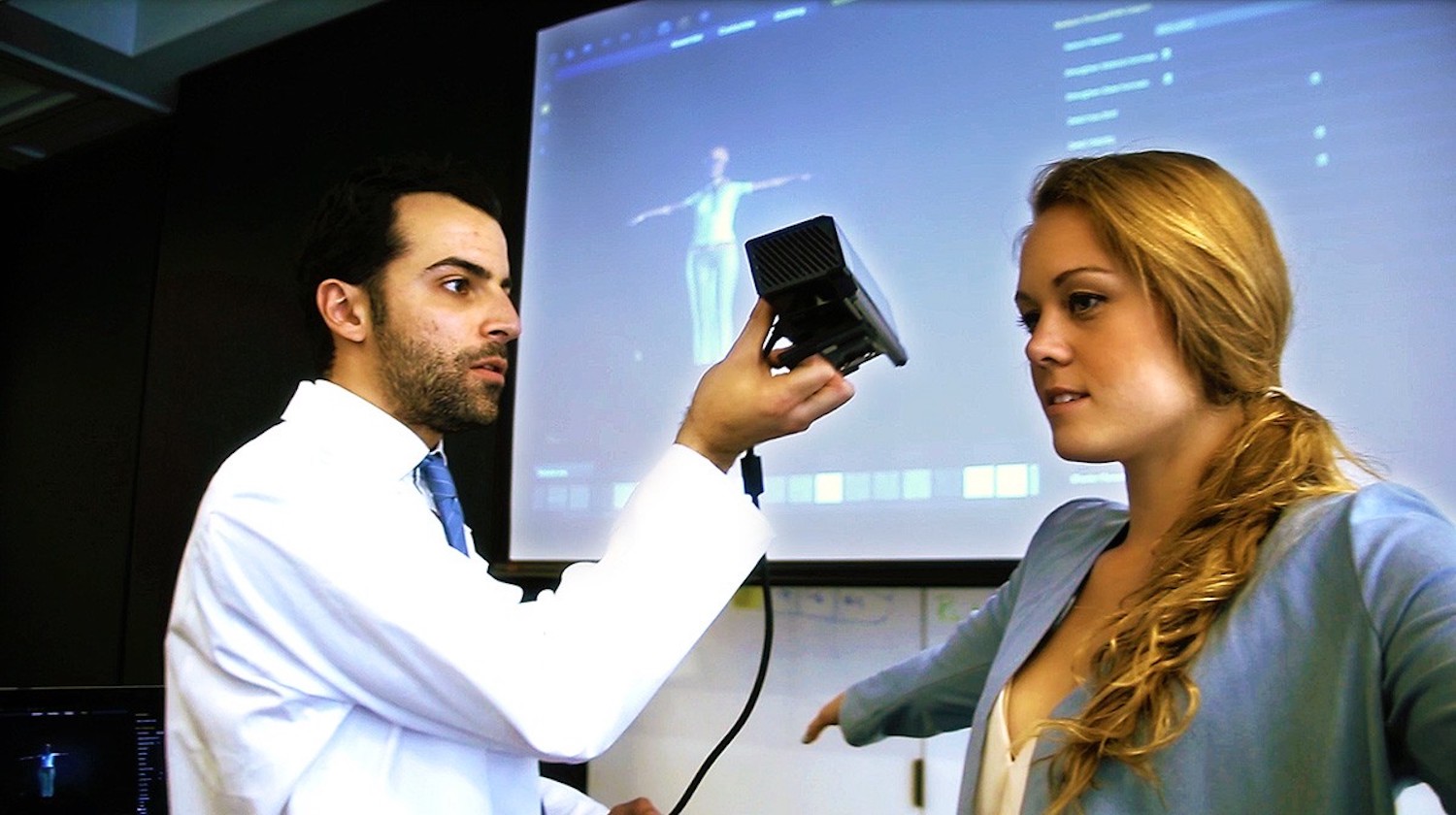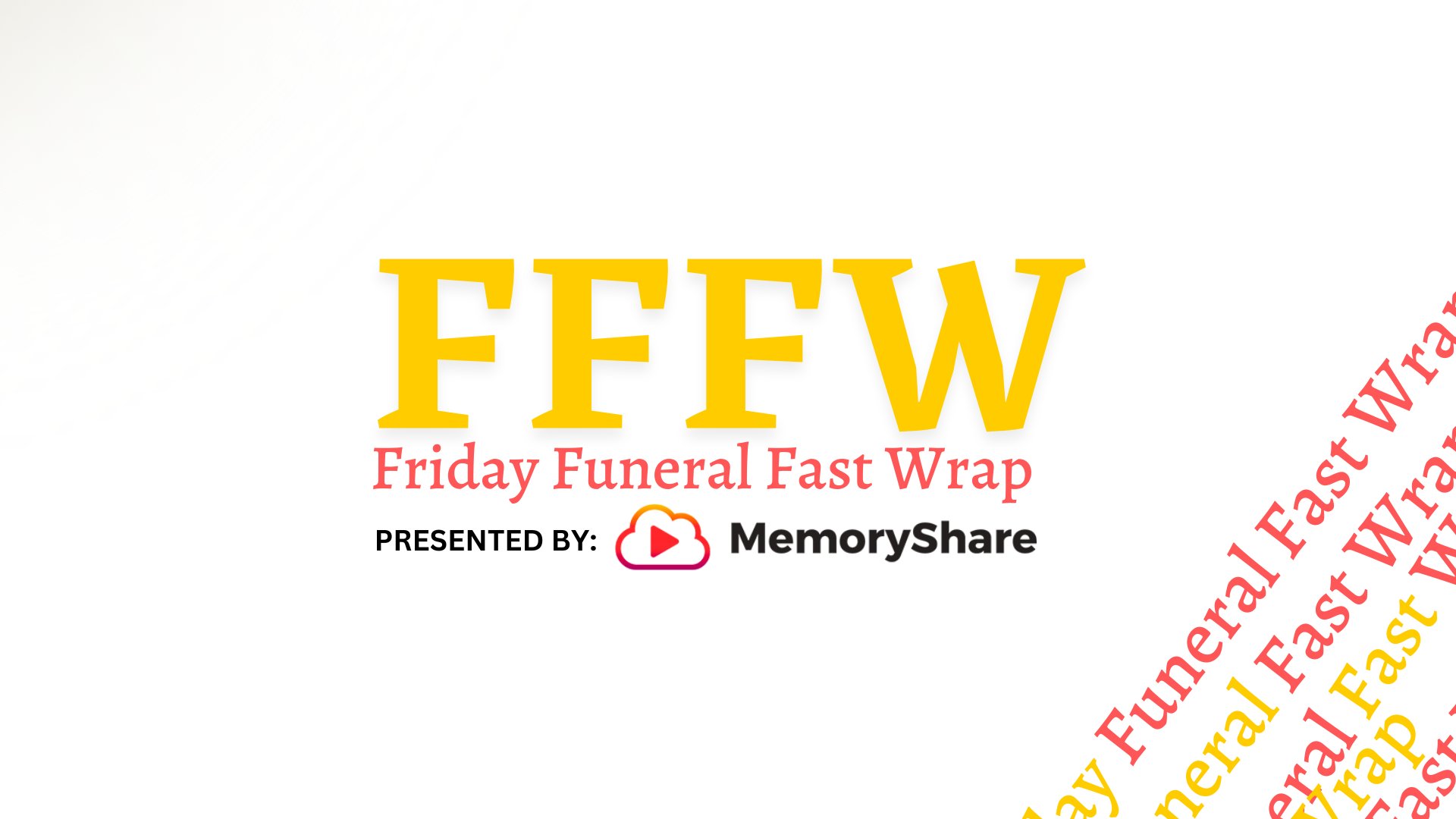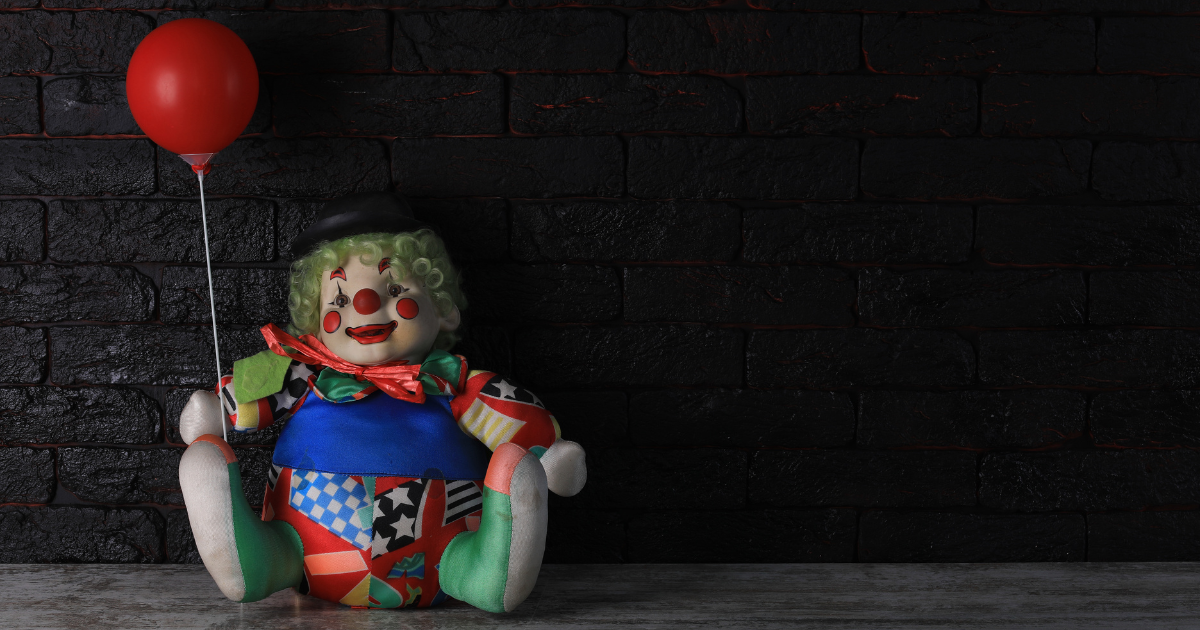Glimpse Inside This Imagined Funeral Home of the Future
It’s wild to think that the first iPhone was released just 11 years ago and quickly changed how we communicate, interact with the world, how we spend our time. This unprecedented dive into the Digital Age has affected a huge part of the death experience that we will not truly understand for another 60 years, but recent millennial deaths are hinting at what the future will bring.
The role of art is to take the viewer out of the conventions that they live in and place them outside looking in for a fresh perspective. We all get lost in the things we believe to be immovable and true so art can break down barriers for a better sense of freedom and clarity. In an upcoming Connecting Directors series of articles, we will look at recent works of art that explore the future of death, legacy, and memorialization. We hope that they inspire a glimpse into the future or spark a conversation of what’s to come for the death care profession over the next century.
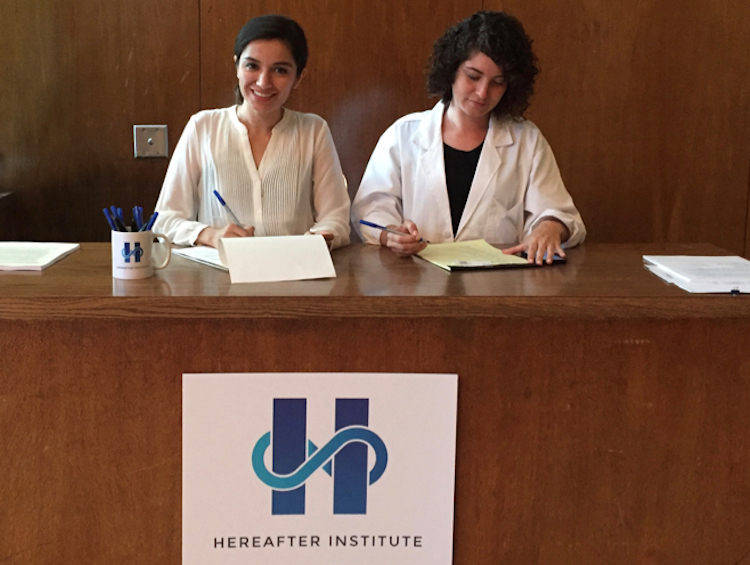
Recent technology advancements like machine learning, virtual reality, and social media are disrupting many industries and have people both terrified and excited for the future. Los Angeles-based artist Gabriel Barcia-Colombo has devoted much of his practice to exploring how these innovations will impact death, legacy, and memorialization… and the death care industry should be paying attention to his work.
Barcia-Colombo launched the The Hereafter Institute, a fictional futuristic funeral home, with the support of the Los Angeles County Museum of Art’s Art + Technology Lab which granted the artist upwards of $50,000 to build the concept-future of death care. The Hereafter Institute offers a variety of concept services including online identity data preservation, interactive memorial keepsakes, and virtual reality visitation experiences. All sounds very sci-fi right? It may be closer to reality than we think. Watch The Hereafter Institute’s somewhat facetious promotional video below…
Just as the public is settling into the idea of wearing ashes in jewelry, Barcia-Colombo has presented the future of memorial jewelry… His memorial necklace features a built-in screen with videos of the deceased that play at random when the device is turned on. Barcia-Colombo tells TED.com, “I think of it as a wearable memory machine,”
While the video-locket isn’t too far fetched from current wearable memorial trends, his virtual reality reconstructions offer an entirely new remembering experience. The Hereafter Institute asks the family to provide videos, images, and audio recordings of the deceased so that a 3D version of the loved one can be rendered in virtual reality. The family then offers a special memory which is also reconstructed in the virtual world. “You enter a waiting room and see a door with names of people around it. Staring at a name selects it, and the door opens. Your deceased loved one is on the other side of the doorway, and you end up in a scene with that person for a brief moment,” Barcia-Colombo describes. “I wanted it to be very much an experience of stepping into a memory.
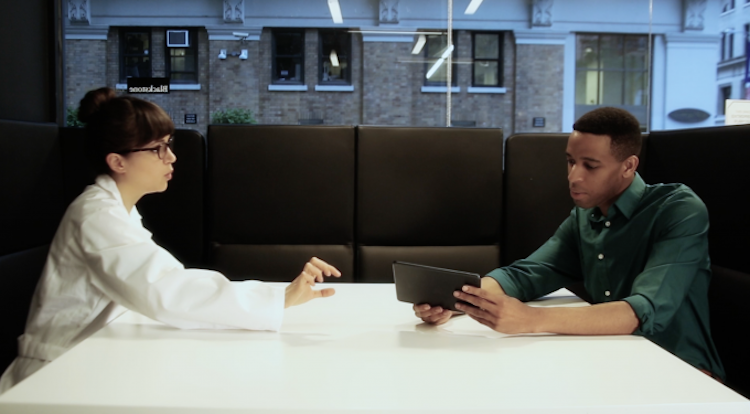
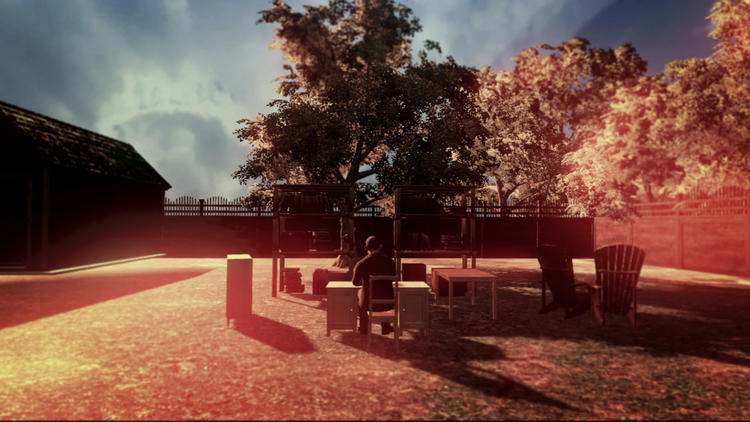

So is he serious? Is this the actual future of funeral care? Barcia-Colombo tells TED.com, “The data that we’ve been using is real, but right now, the Hereafter Institute is just a performance, an art piece. In our culture, we hide death away. We don’t want to talk about it or think about it. I’m hoping the Hereafter Institute will start a discussion about death, make us think about the ever-present role of technology in planning future memorials and rituals — and how we want to be remembered.”
Whether this strange world turns out to be the future or not, The Hereafter Institute piece got us thinking that the future is not as far away as we might think. For this reason, we have included it on our list of the top funeral news stories shaping the future of the death care industry. See the full list here.
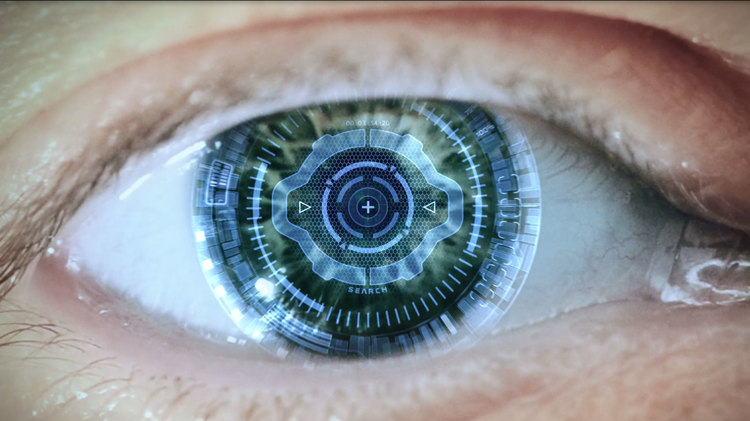
Want to read a first-hand account of someone who attended their own funeral at the Hereafter Institute? Read about the experience here.
Do you think this is the future of memorialization or just an exaggerated art piece? Let us know in the comments!

